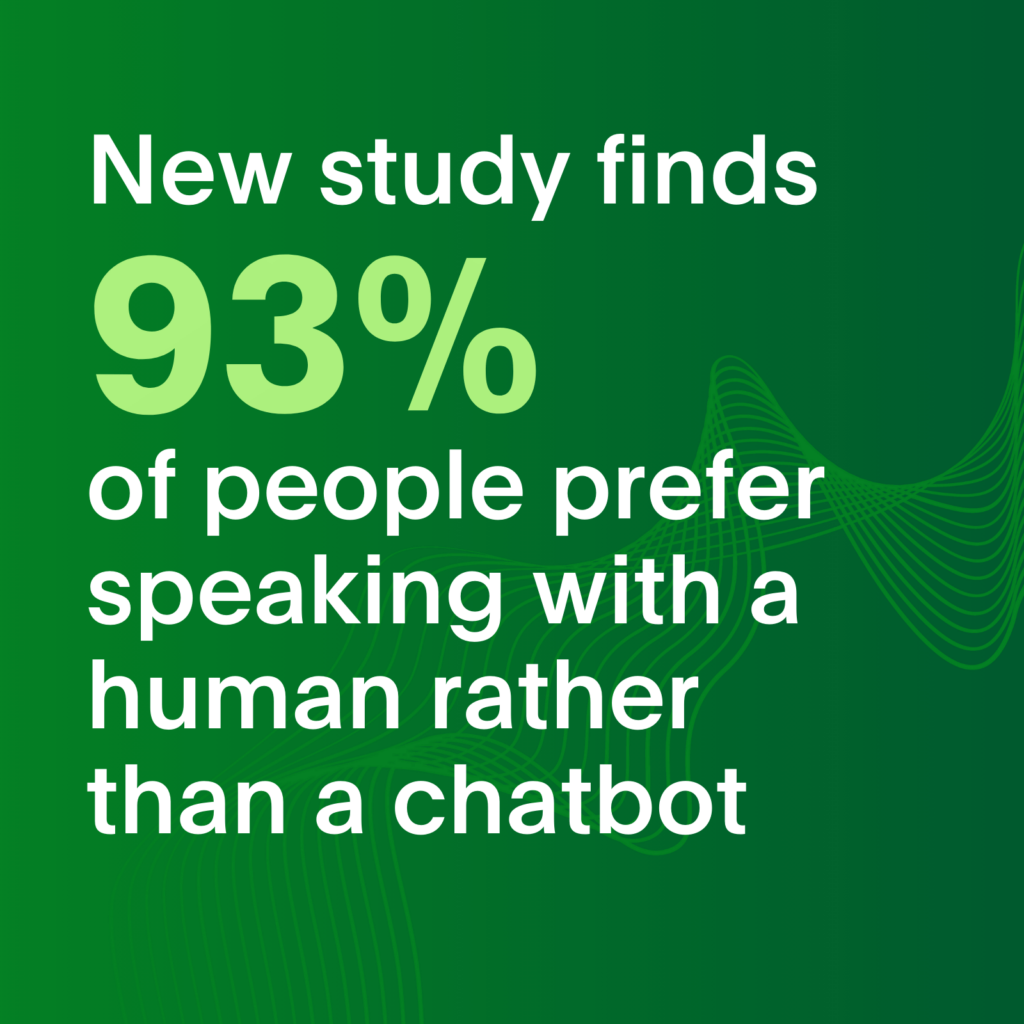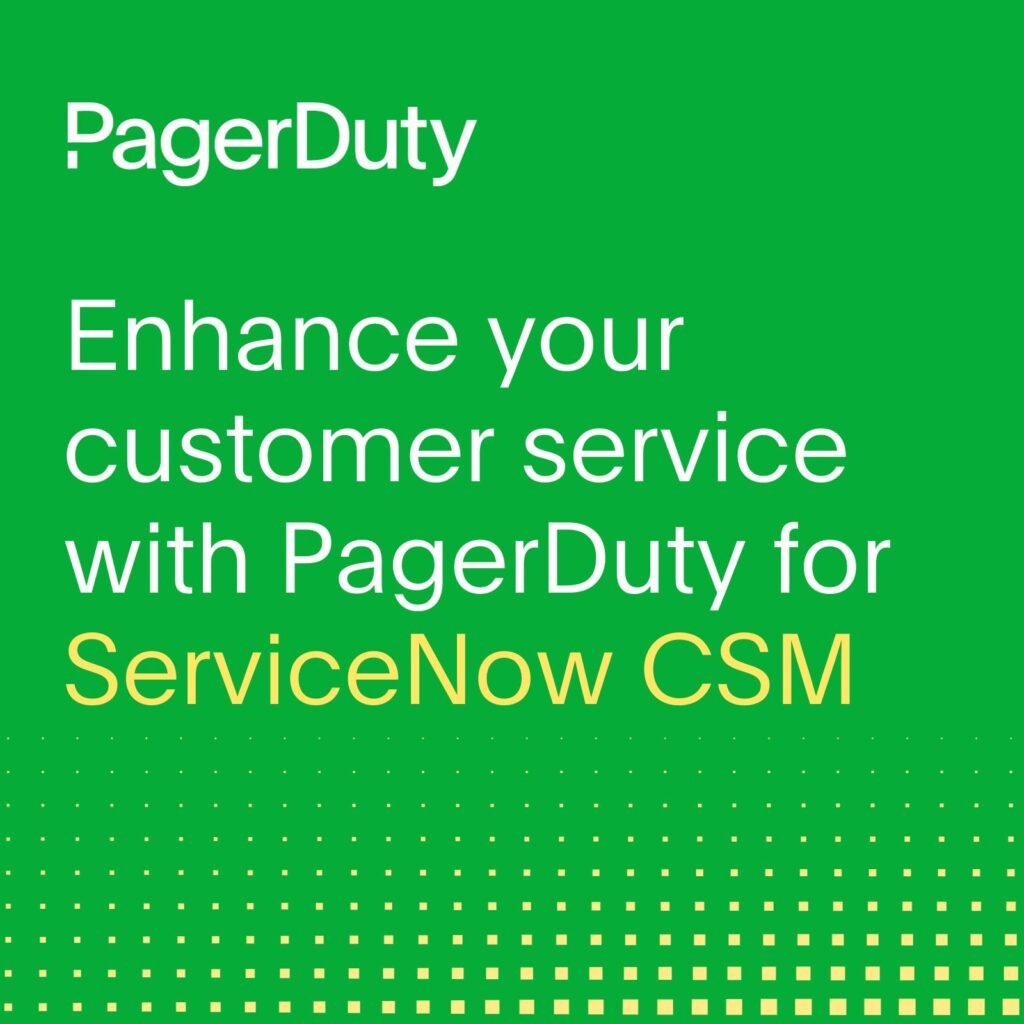- PagerDuty /
- Blog /
- Customer Service /
- Digital Transformation Is Driving Operational Excellence in Customer Service Teams
Blog
Digital Transformation Is Driving Operational Excellence in Customer Service Teams
Digital initiatives are on the rise, with spending on the public cloud expected to increase by 18% in 2021. These initiatives are also driving customer service teams towards operational excellence with a focus on customer advocacy and engagement. As more companies embrace the cloud and digital-first operating models, customer service organizations are finding they need to be more proactive in order to create great customer experiences.
Getting Ahead of the Curve
Customer service organizations are traditionally slow to adopt new technologies and favor cost efficiency and the status quo over innovation. Today, they are striving towards operational excellence as providing a seamless customer experience has become the most critical component of customer satisfaction. And with two-thirds of customers switching brands due to poor customer service, it’s critical for companies to become proactive and get ahead of customer issues to continuously deliver satisfying customer experiences.
As part of those efforts, customer service teams are starting to leave legacy processes and technology behind as they embark on a new journey to embrace innovative initiatives and technologies, which also offers the benefit of aligning their new processes with that of technical response teams.
However, most companies are still operating in reactive mode with many issues still being reported by their customers. Resolving issues quickly when they occur isn’t enough to keep customers happy and coming back. Customers are looking for customer service teams to get ahead of issues and proactively update and resolve them as needed.
Additionally, companies need to focus on improving customer-centric metrics like customer satisfaction (CSAT) and net promoter score (NPS) and build personalized, always-on support capabilities. By having technical response and customer service teams adopt and track joint success metrics, companies can better align team objectives and bring them closer to their customers.
Shift to Operational Excellence
As I mentioned earlier, customer service organizations are recognizing that to truly improve the customer experience, they need to shift into a proactive mode. In order to continue driving operational efficiency and engaging with customers in a meaningful way, these teams are also increasing their spending on new technology.
Additionally, to get ahead of customer issues, customer service and technical teams need to work as a united front. With fully bi-directional communications, both teams have access to full context and real-time data around customer issues, which enables them to solve issues faster while proactively updating impacted customers. It places the customer front and center—everything revolves around the end experience. To help address this, budgeting in customer service is improving to deliver always-on digital experiences through faster resolution, personalized attention, and proactive communication.
Transformation Across Customer Service Culture
While aligning the processes of technical and customer service teams can help improve customer satisfaction, it also creates some challenges around the technology tool stack. The tools these teams use do not traditionally talk to each other. While technical teams have been fast to adopt and integrate new solutions, customer service teams have not always kept pace in investing in technology, which leaves them working with antiquated and disconnected tools that don’t meet modern customer standards or demands.
Customer service teams are now looking to bring visibility, automation, and scale to their organizations. This cultural shift is driving faster adoption of new technologies and a trend towards selecting a centralized platform rather than using disconnected and siloed tool stacks. The need to be more connected with technical teams is also creating an opportunity to adopt the tools that are already being used by those teams and extend them into customer service workflows.
As these silos are broken down, customer service and technical teams will become a united front to deliver always-on digital experiences. To truly deliver a great digital experience and improve customer satisfaction, they need to streamline their tools and processes and jointly own customer-centric success metrics.
PagerDuty for Customer Service
PagerDuty is already the platform of choice for technical teams to deliver always-on digital services. Now, we are helping break down the silos between customer service and technical teams so they can become proactive and work as a united front to deliver great customer experiences around the clock. As these teams become more aligned through culture and processes, PagerDuty is deepening their collaboration by bringing them together via a single platform to get ahead of customer issues and delight their customers.
With PagerDuty for Customer Service, teams are able to:
- Enable customer service and technical teams to work as a united front to deliver always-on digital experiences and improve customer satisfaction by resolving issues faster and proactively updating customers
- Deliver automation and enterprise-scale to customer service organizations that may be remote and distributed
- Empower true “work where you are” functionality with industry-leading integrations
- Get ahead of customer issues and improve satisfaction by enabling end-to-end ownership and customer advocacy
With PagerDuty’s new Customer Service Plan, your customer service organizations can gain a holistic view across data, people, and operations. They can be better connected with technical teams to work as a united front to quickly solve customer issues and proactively update impacted customers to improve customer satisfaction. As a result, customer service teams can scale and automate to solve more issues faster. Check out our recent webinar to learn more or contact sales to get started.


